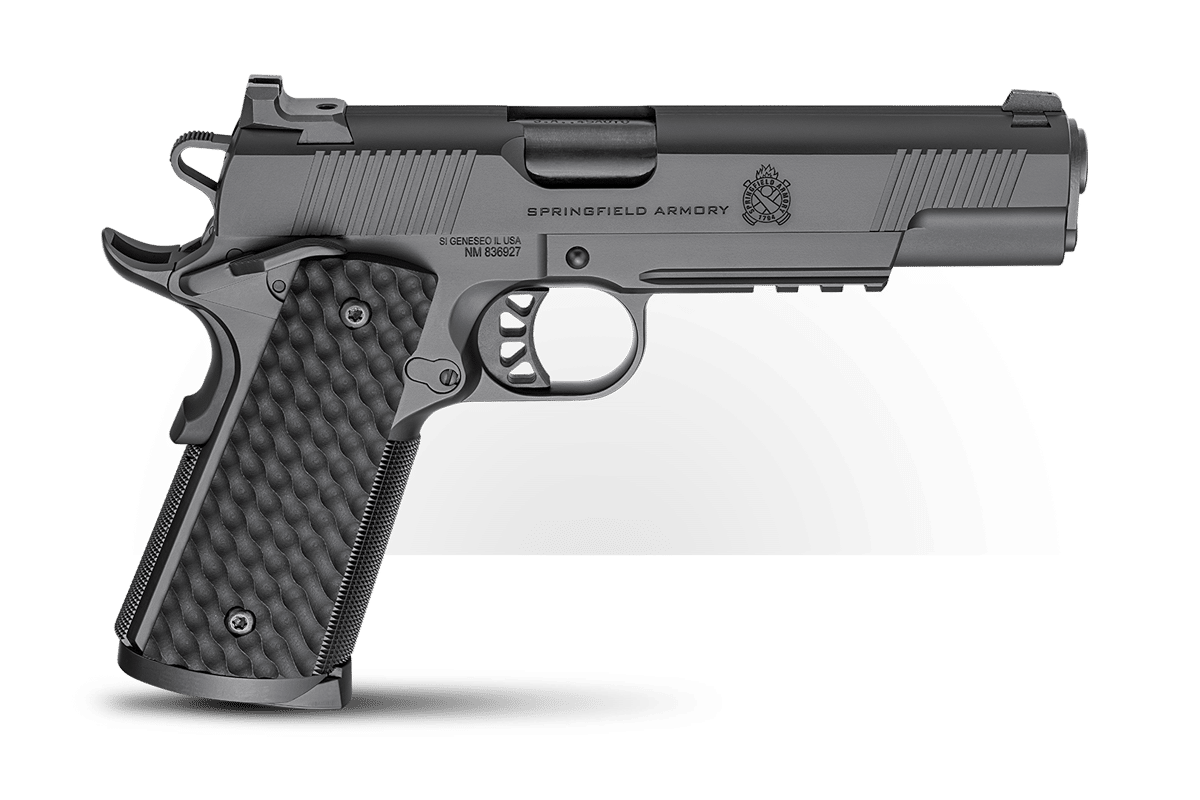What Does Tactical Actually Mean?
May 24th, 2024
6 minute read
Do you remember that period of firearms design and gun culture when everyone was all about zombies? That time when we were awash in neon green rifle furniture and people chattered incessantly about load-outs for the “zombie apocalypse?” And do you also remember when that collective vibe seemed to vanish all at once?
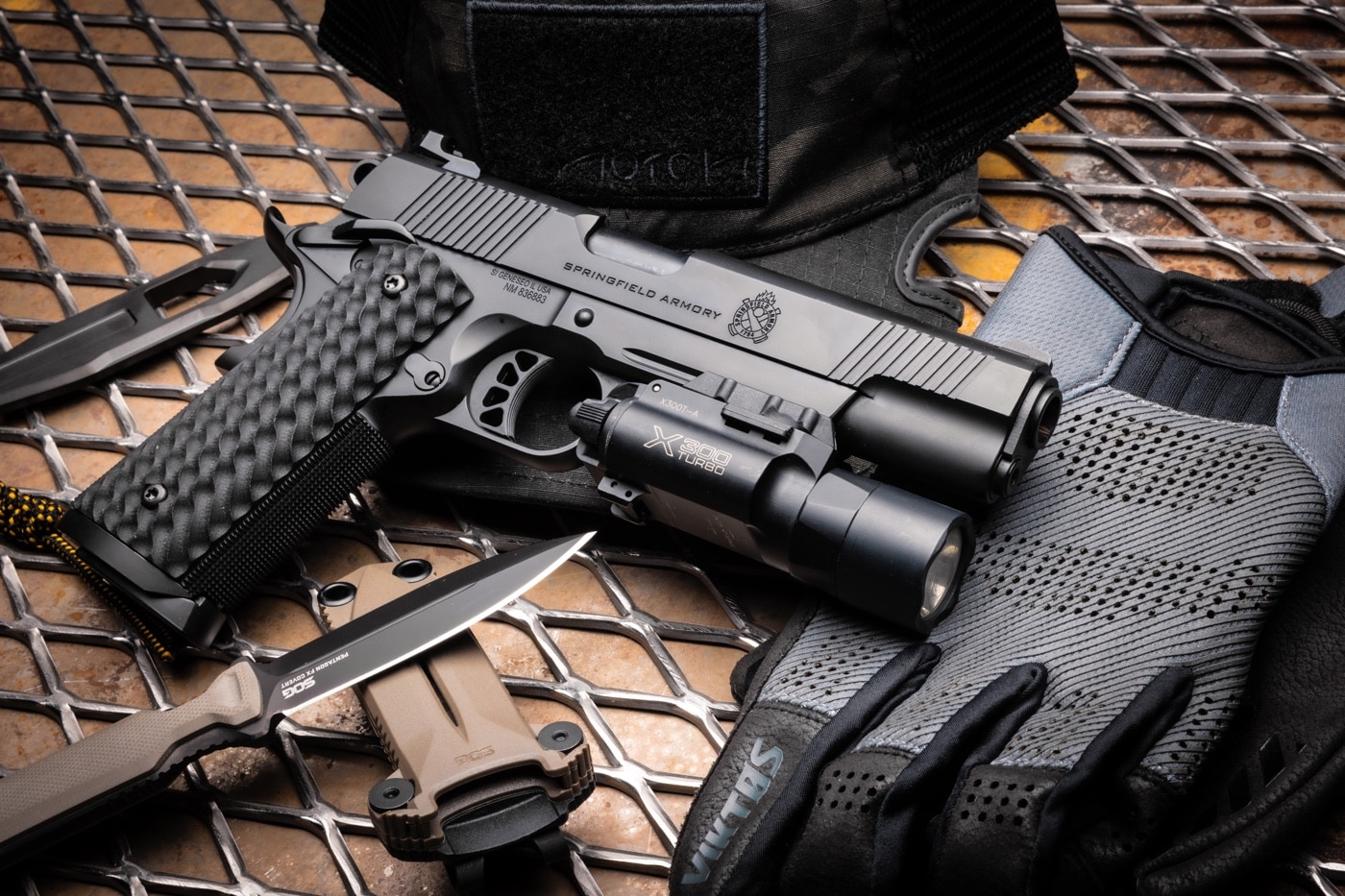
I believe there are a great number of shooters waiting for the firearm community to once again wake up and shake off another theme: how frequently we use the term “tactical” as a description of firearms and firearm-related accessories.
As the Bard might say, Tactical is too often a term “full of sound and fury, signifying nothing.” Dictionary definitions are of little use in allowing us to understand it better. And yet, you’ll also find the word “Tactical” in the real world, used by experts and a number of quality manufacturers. It’s stamped on the frame of my Springfield TRP, for example — TRP standing, of course, for “Tactical Response Pistol”, and it has the lineage to back it up. So, what gives?

Contrary to the opinion of many, I don’t think the word “tactical” is a dumb meme and nothing more: I’d contend the way it’s used here at Springfield Armory does indeed convey some value. While I don’t claim to speak for everyone, allow me to offer an explanation on what the term means to me when it’s used in earnest.
A Simple Question
With just about any firearm, I’d argue it’s important to ask a critical question: “How do you anticipate using the thing?” And from there, an equally important follow-up question emerges: “Within that use case, do you imagine the gun’s design is going to work with you, or against you?”
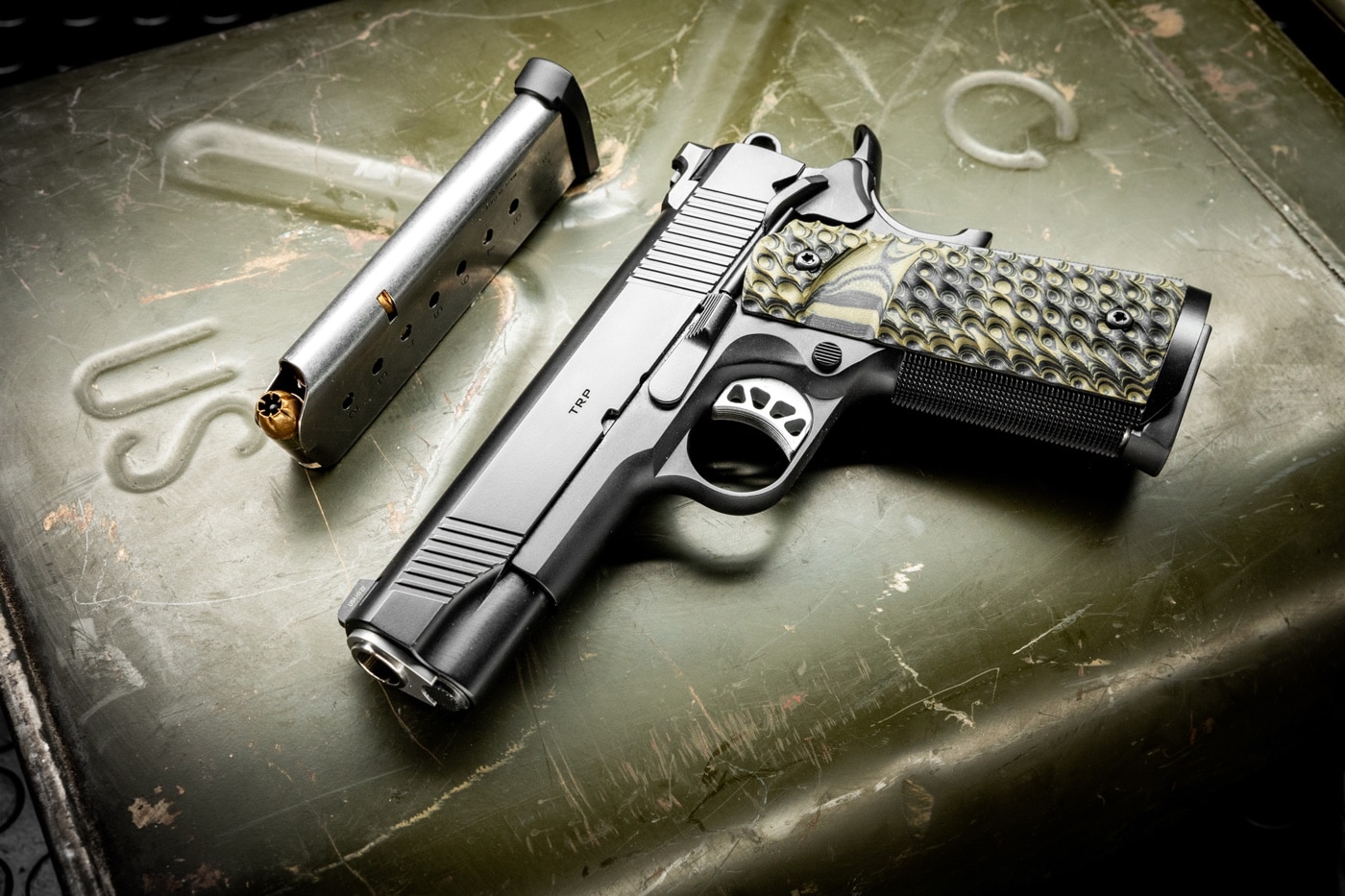
Consider the needs of Olympians in the shooting sports, for example. These men and women are relying on their firearms to give them an edge against a lot of other very serious competitors. Accuracy must be non-negotiable, as would absolute reliability, because they can’t give any points or time away if they want to win a gold medal.
To first understand “tactical,” let’s begin by examining a gun that is very much not that at all: the Single Action “Peacemaker” style revolver of yore. Granted, the “smokewagon” of your great grandfather’s era certainly was used to defend life and limb — and in 2024, is still better than strong words. However, if we ask, “How would we anticipate using this thing?” the limitations come into sharp definition for any role beyond plinking.
It would be plausible that a defensive firearm would need to be drawn and put into action quickly. Here, the sharp corners and requisite hammer cocking of the single-action revolver are clear detriments. It would also be plausible that one might need to draw and use the revolver in the dark, given the number of hours during which daylight is nowhere to be found. Once again, the small, notched sights of most single-action revolvers become liabilities. It is also not unreasonable to think that one might need to reload the firearm under stress. In such a case, one probably will not be able to quickly shuck out rounds using the ejector rod and load more, one by one.
Viewing product design from this lens, “Tactical” can simply be the net sum of those behind-the-scenes elements of any firearm that allow it — once again — to work with you, not against you. Let’s return to my TRP. Compared to the single-action revolver, there are a lot of “plausible use cases” that are addressed by the design and the feature set of the gun. Night sights are a biggie, as is the funneled magazine well, which is beveled to facilitate faster, more instinctual reloads.
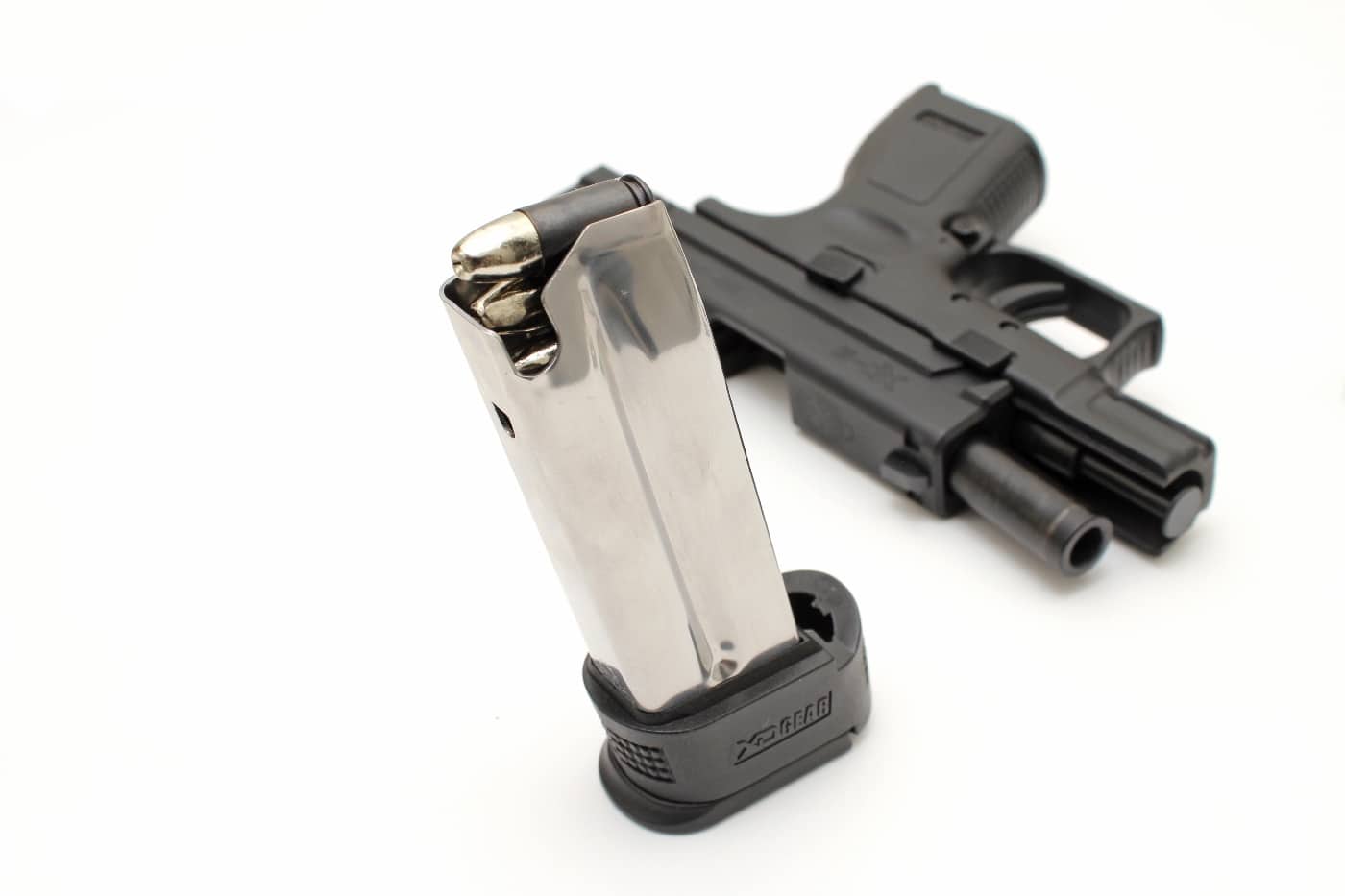
“Tactical” also allows for a wider context of use and user needs. For example, my TRP has some aggressive checkering on the front strap and lot of rail real estate. Once again, it is both plausible that the gun might need to be used one-handed or in a rain-slick environment, and that I might want to put a quality weapon light somewhere on the gun. Here again, I’m covered, and I have a reasonable assurance the gun will do its best to work with me if the situation requires it.
Or, More Simply…
To modify a famous line from Forrest Gump, “Tactical is as tactical does.” By this I mean that “tactical” consists of being a solid choice for those kinds of people that are required to think very critically and deeply about the realities and possibilities of armed confrontation.
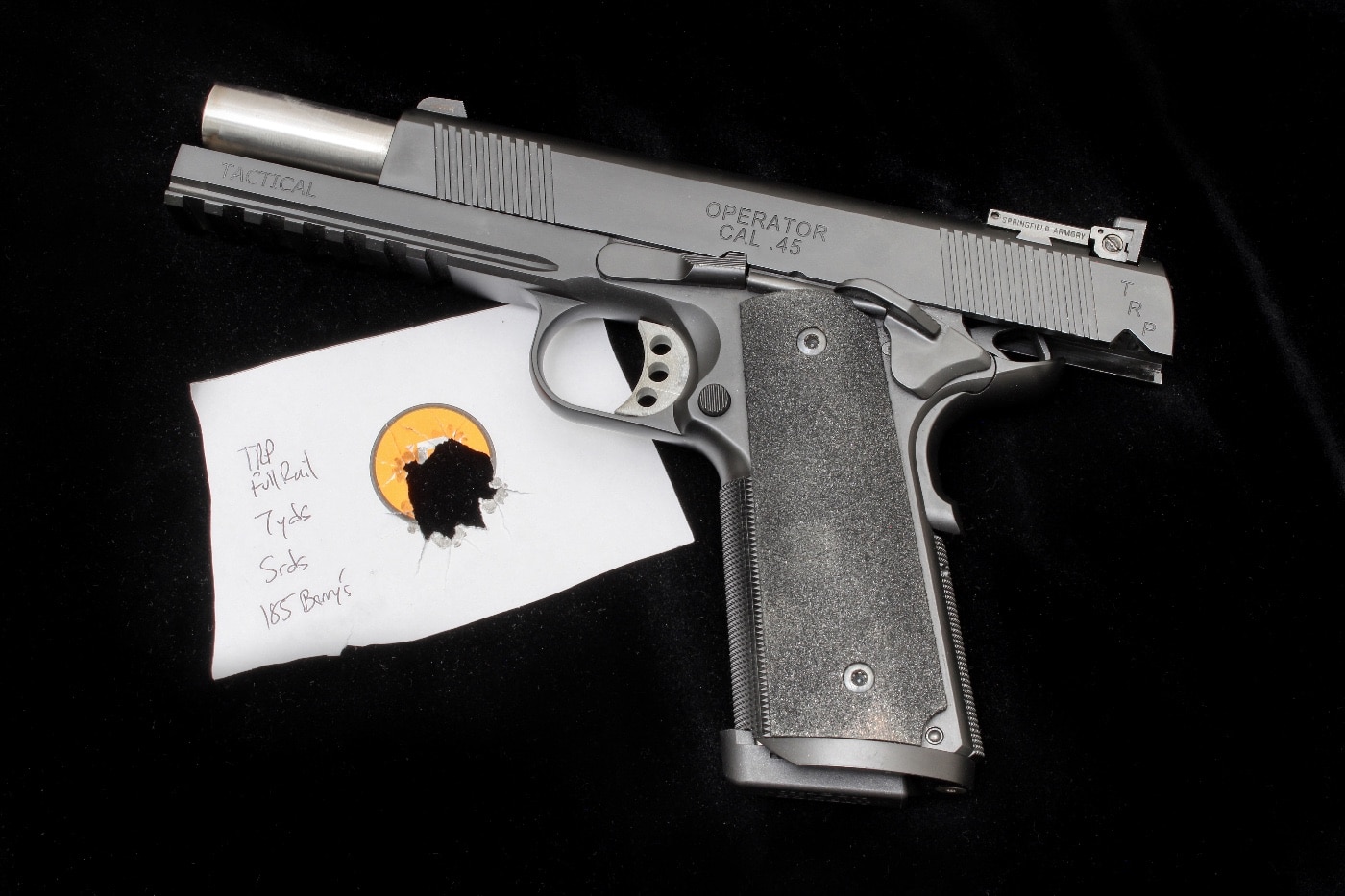
For the majority of us, the possibility of drawing a gun and defending life and limb is a matter of “if,” rather than “when.” Not so for most of those in military combat or SWAT units: using firearms in real-world contexts is part of their job description. Their lives, and the lives of others, depend on everything going right in an armed confrontation. As such, they don’t have the luxury of providing the other side with an advantage of even a few seconds, and a snagged draw, a slippery grip, or a bobbled reload could have tragic consequences.
Back to “tactical:” you can read the label as an indication that other people have thought about a variety of use cases and ideal design specifications so you don’t have to. If a company puts the word “tactical” on a piece of equipment — and does so sincerely — you have the assurance you’re getting a mechanical device that has been tested, both for “plausible” scenarios and even a variety of fringe use cases.
Granted, you might not need all of what any firearm’s “tactical” feature set entails, and you may not fully understand why each and every one of those features are there. But those features are there, nevertheless, should you later find you want or need them.
Achievable Standard
Some might disagree, but I would argue that developing a “tactical” mindset or choosing “tactical” tools involves an element of realism. For the majority of those reading this, such as those of us fortunate enough to live in politically and economically stable countries, it is highly unlikely that you will need a firearm to defend against multiple waves of determined, armed assailants.
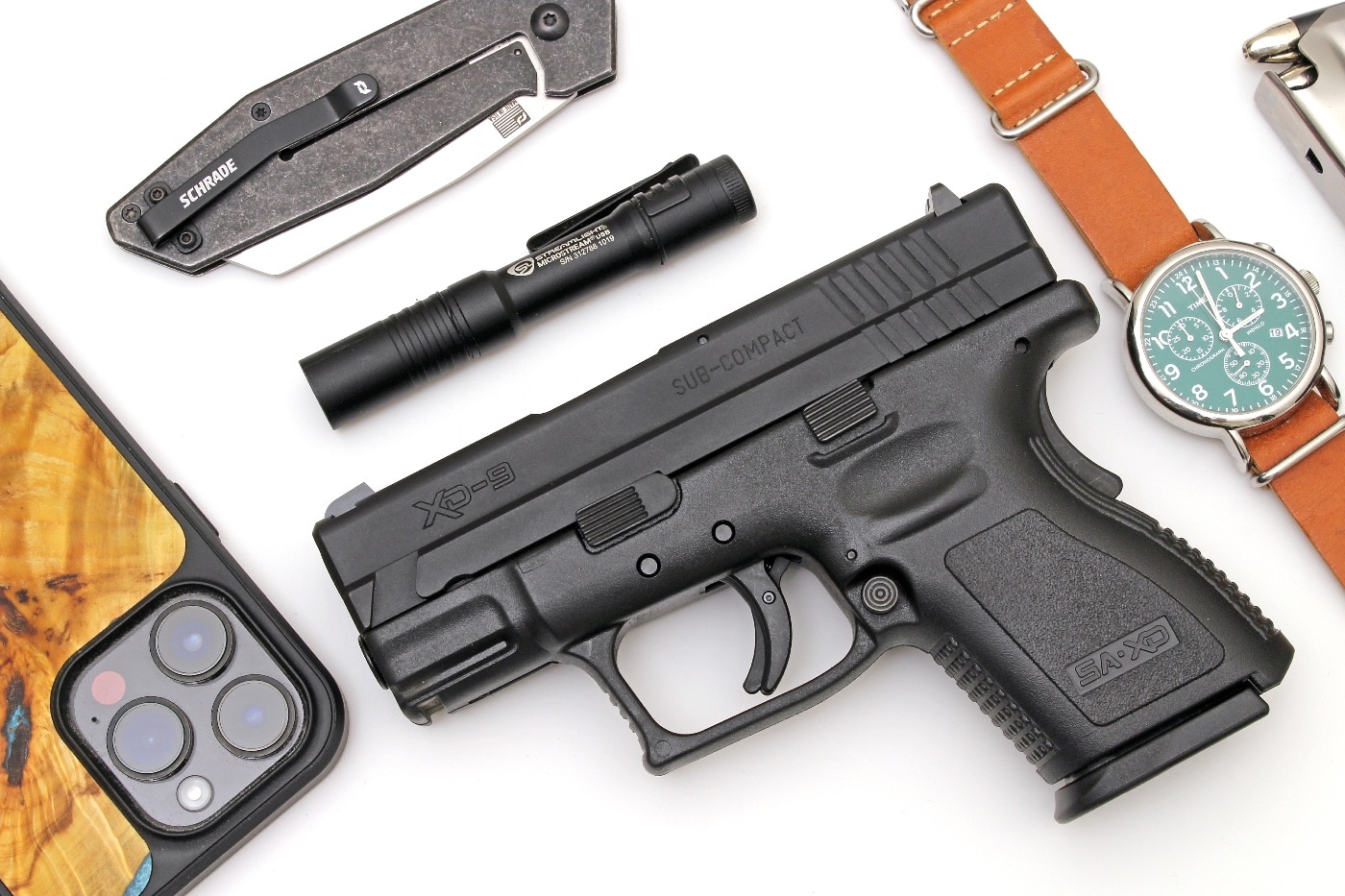
I have, however, seen no small amount of videos of home invasions and carjackings. For one so motivated to examine a survey of various home security and CCTV footage of such incidents, I guarantee that commonalities will emerge: they certainly do happen at night, often involve more than one criminal, and have sometimes required the armed civilian to reload.
It’s hard to see determined criminals kicking down the door of a family home, as viewed through the lens of a “Ring” style camera, and not ask yourself, “What if that were my house, and my family inside?” If you allow your mind to wander a bit and imagine what you’d need to prevail in such a situation, I don’t doubt that you’d settle on a firearm that would work for a variety of contingencies.
Quite simply, that’s tactical. It’s anything you feel will work as part of some larger, well-considered plan of action to keep you and your loved ones safe in those environments you’re likely to inhabit.
Editor’s Note: Please be sure to check out The Armory Life Forum, where you can comment about our daily articles, as well as just talk guns and gear. Click the “Go To Forum Thread” link below to jump in and discuss this article and much more!
Join the Discussion
Featured in this article
Continue Reading
Did you enjoy this article?

 72
72




